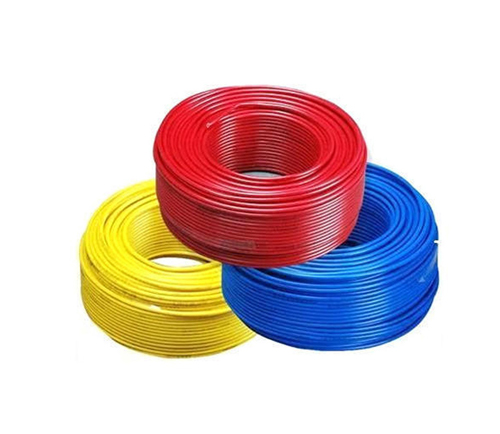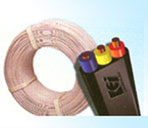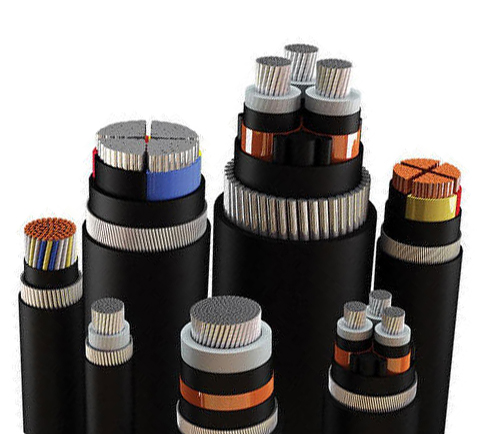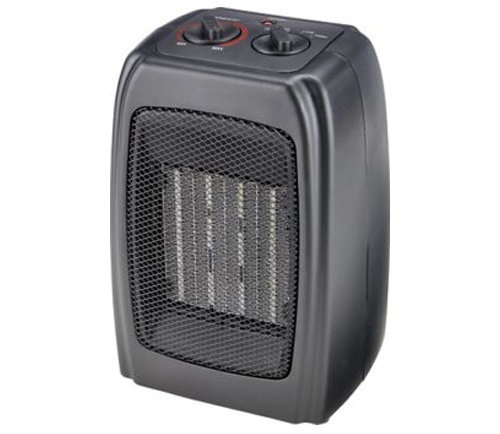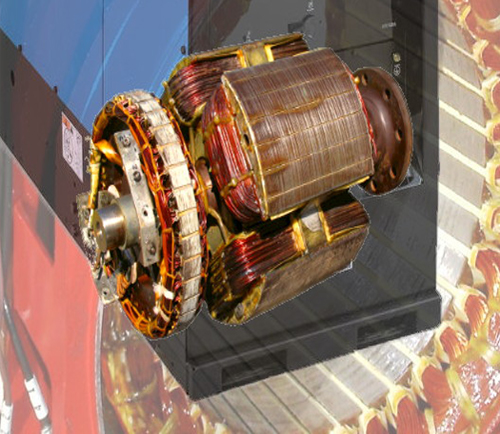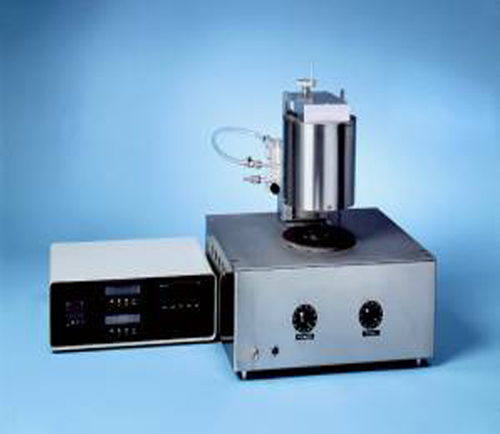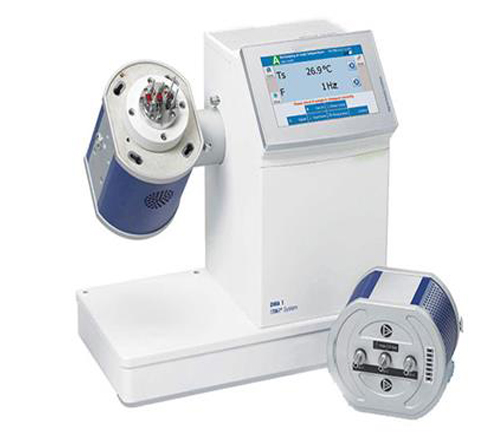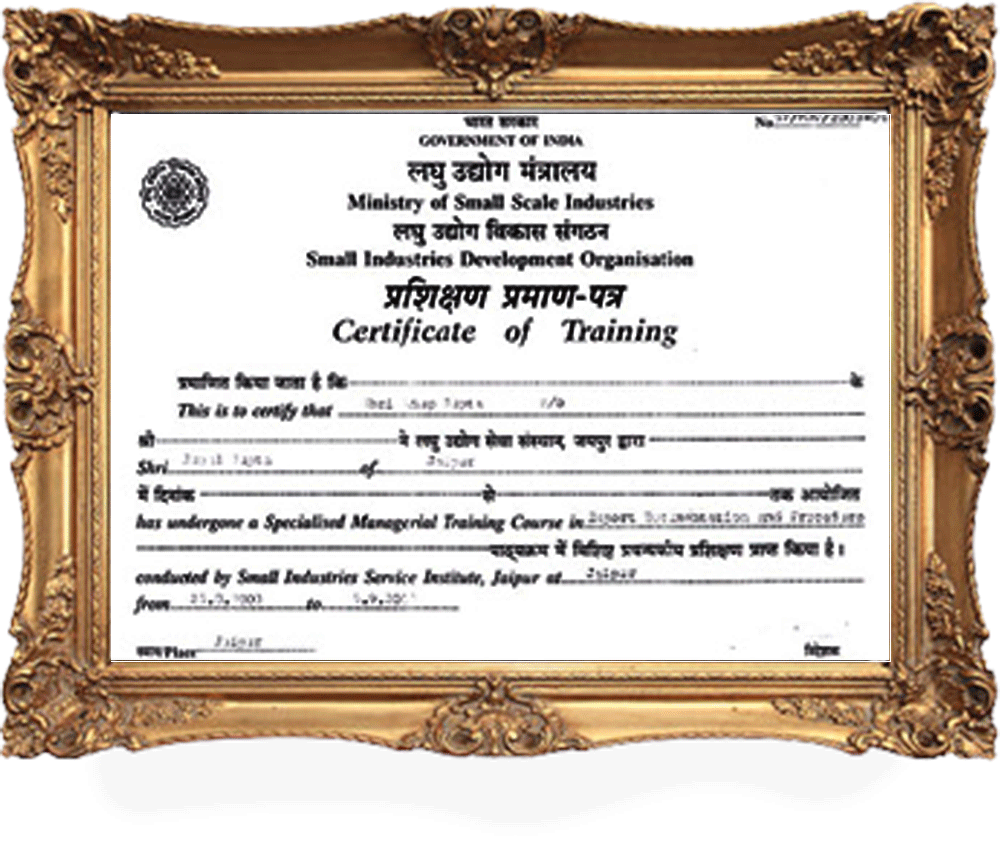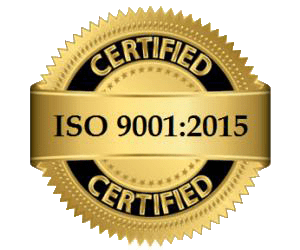Glass Coated Copper Wire
Glass coated copper wires have the same basic idea as of copper wires. Bare copper wires are stranded to form a thicker collective strand which is then covered with a glass tape. Here at Ganpati Engineering Industries we excel in this art. Bare copper or tin copper is ductile enough to make long strands which are bunched together and then covered with a glass coating. After that a fiber glass thread braiding is done to insulate it. The technology permits us to achieve the desired wall thickness and hermetic glass–to–metal seal. A very smooth, 100% inorganic, non–porous glass coating provides extraordinary dielectric strength and protects the wire from adverse environments and gives other unique properties to the wire.
These glass coated copper wires find applications mainly in submersible motors, transformers and high temperature instruments. A plating of warmish is also done to strengthen the insulation. These wires are known to have a non porous glass coat lapping on it. This layer protects the wire from corrosive processes like oxidation. These wires can be manufactured using any kind of glass over any metal that client asks. This production procedure makes it usable in areas where extreme physical and chemical environments are observed. These wires also have applications where temperatures reach to high degrees. These glass coated copper wires work well in areas of high/low voltage, durability and extreme overload capacity.
These wires have many advantages. These are also manufactured in micro range diameters, have high dielectric strength along with a stable dielectric constant. These are thermally stable and have a high current carrying capacity. Low power loss factors make it ideal for electronic circuitry. Glass covering has borosilicate composites which makes the wires chemically inert. These wires are flexible and possess high mechanical strength.
Item Code : TCW-009
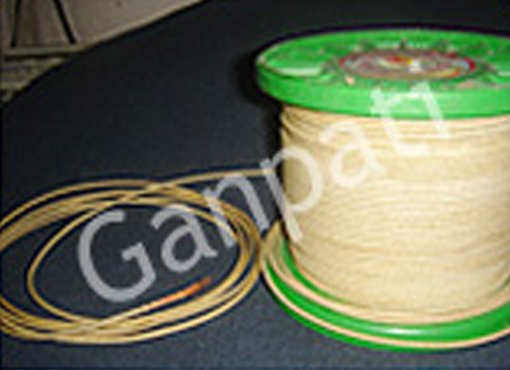
Glass-coating is a process invented in 1924 by G. F. Taylor and converted into production machine by Ulitovski for producing fine glass-coated metal filaments only a few micrometres indiameter. In this process, known as the "Taylor-wire" or "microwire process" or "Taylor-Ulitovski process", the metal to be produced in microwire form is held in a glass tube, typically a borosilicatecomposition, which is closed at one end. This end of the tube is then heated in order to soften the glass to a temperature at which the metal part is in liquid state and the glass can be drawn down to produce a fine glass capillary containing a metal core.
Glass-coated microwires successfully produced by this method include copper, silver, gold, iron, platinum, and various alloy compositions. It has even proved possible to produce amorphous metal ("glassy metal") cores because the cooling rate achievable by this process can be of the order of 1,000,000 kelvins per second. Applications for microwire include miniature electrical components based on copper-cored microwire.
Item Code : TCW-010
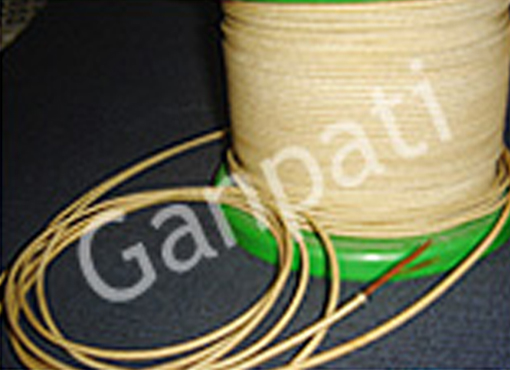
Glass-coating is a process invented in 1924 by G. F. Taylor and converted into production machine by Ulitovski for producing fine glass-coated metal filaments only a few micrometres indiameter. In this process, known as the "Taylor-wire" or "microwire process" or "Taylor-Ulitovski process", the metal to be produced in microwire form is held in a glass tube, typically a borosilicatecomposition, which is closed at one end. This end of the tube is then heated in order to soften the glass to a temperature at which the metal part is in liquid state and the glass can be drawn down to produce a fine glass capillary containing a metal core.
Glass-coated microwires successfully produced by this method include copper, silver, gold, iron, platinum, and various alloy compositions. It has even proved possible to produce amorphous metal ("glassy metal") cores because the cooling rate achievable by this process can be of the order of 1,000,000 kelvins per second. Applications for microwire include miniature electrical components based on copper-cored microwire.
Item Code : TCW-011
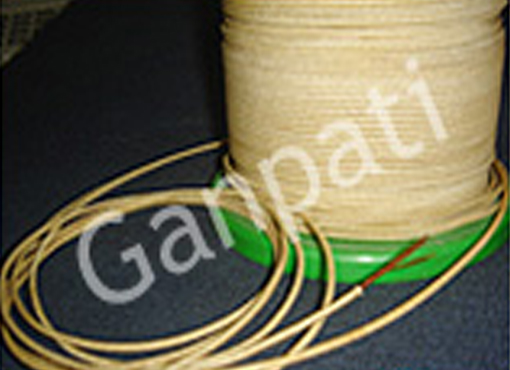
Glass-coating is a process invented in 1924 by G. F. Taylor and converted into production machine by Ulitovski for producing fine glass-coated metal filaments only a few micrometres indiameter. In this process, known as the "Taylor-wire" or "microwire process" or "Taylor-Ulitovski process", the metal to be produced in microwire form is held in a glass tube, typically a borosilicatecomposition, which is closed at one end. This end of the tube is then heated in order to soften the glass to a temperature at which the metal part is in liquid state and the glass can be drawn down to produce a fine glass capillary containing a metal core.
Glass-coated microwires successfully produced by this method include copper, silver, gold, iron, platinum, and various alloy compositions. It has even proved possible to produce amorphous metal ("glassy metal") cores because the cooling rate achievable by this process can be of the order of 1,000,000 kelvins per second. Applications for microwire include miniature electrical components based on copper-cored microwire.
Item Code : TCW-012
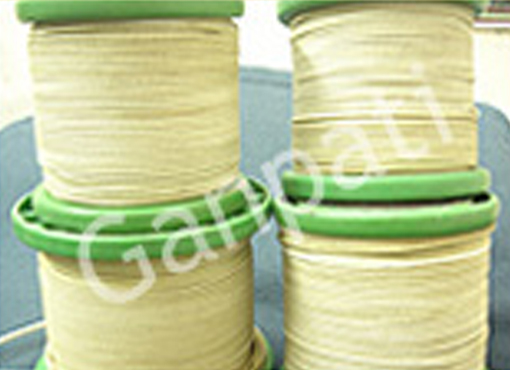
Glass-coating is a process invented in 1924 by G. F. Taylor and converted into production machine by Ulitovski for producing fine glass-coated metal filaments only a few micrometres indiameter. In this process, known as the "Taylor-wire" or "microwire process" or "Taylor-Ulitovski process", the metal to be produced in microwire form is held in a glass tube, typically a borosilicatecomposition, which is closed at one end. This end of the tube is then heated in order to soften the glass to a temperature at which the metal part is in liquid state and the glass can be drawn down to produce a fine glass capillary containing a metal core.
Glass-coated microwires successfully produced by this method include copper, silver, gold, iron, platinum, and various alloy compositions. It has even proved possible to produce amorphous metal ("glassy metal") cores because the cooling rate achievable by this process can be of the order of 1,000,000 kelvins per second. Applications for microwire include miniature electrical components based on copper-cored microwire.
Glass Coated Copper Wire
These Glass coated copper wires have excellent resistance to high voltage and high temperatures. These wires can also resist corona, flames, cryogenic temperatures and severe thermal shock. Chemical attack, overload, moisture and nuclear radiation do not propose any threat to them. These wires also resist abrasion, fatigue, vibrations, fungus and aging.
The company has been successfully serving industries like instrumentation and semi-conductor industries. Power electronics and high temperature electronics are some of the industries which have been benefiting with our productions. Other industries like biomedical, chemical, geothermal and oceanographic industries are also one of the major clients. Most important clients are automotive, avionics, aerospace, military, nuclear and robotic industries.

